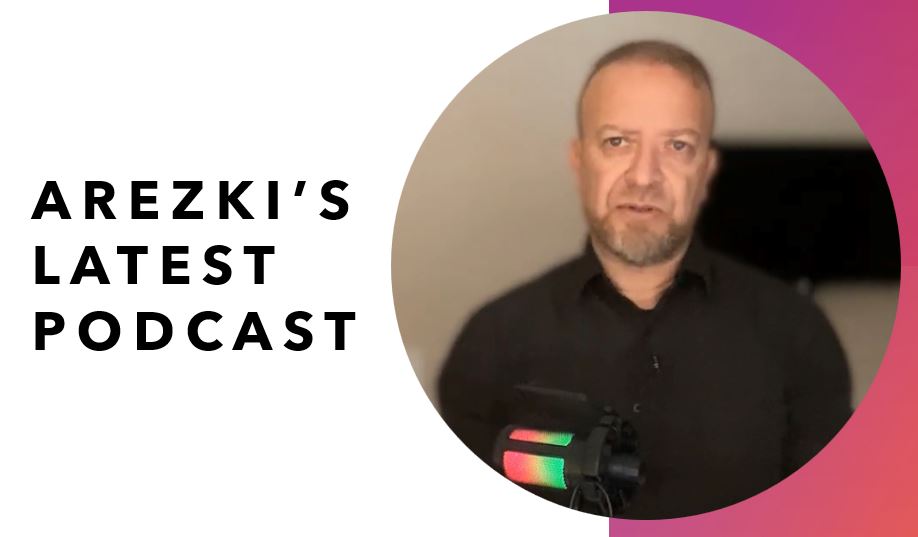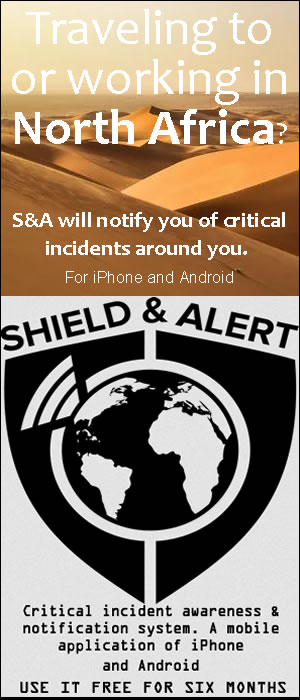 By Compiled by Claire Gallen:
By Compiled by Claire Gallen:
The powerful earthquake that struck Morocco, killing more than a thousand people, didn’t hit in the most active seismological region, said one French expert. But aftershocks can be expected, he warned. Philippe Vernant — a specialist in active tectonics, particularly in Morocco, at the University of Montpellier — answered AFP’s question’s on the devastating quake.
– Was the Morocco quake a surprise? –
Morocco is one of those countries where the question is not whether there will be earthquakes. The Agadir earthquake (magnitude 5.7 in 1960) destroyed the entire city and killed almost 15,000 people, and more recently there was the Al Hoecima earthquake (magnitude 6.4 in 2004), further out on the Mediterranean. Looking further back in history, there were earthquakes in the 18th century, probably around magnitude 7 in the Fez region. The epicentre of the recent quake is not in the most active area of Morocco. But there are the High Atlas mountains… This type of earthquake is what leads to the rise of the High Atlas range.
– Was the Morocco quake similar to the one in Turkey in February? –
In Turkey, we had horizontal movement, because Turkey is shifting to the West, moving towards Greece. There was a horizontal sliding of the (tectonic) plates. Here, we’re seeing more of a convergence between Africa and Eurasia or Iberia, the Spanish part, and overlapping faults… But we are still dealing with plate boundaries.
– What explains the violence of the Morocco quake? –
We need to see what magnitude the earthquake will be. We’re talking about 6.8 or 6.9, which is quite strong. This corresponds roughly to an average displacement on the faultline of around one metre in a few seconds, over several kilometres. Obviously, this shakes the region enormously. Then there’s the depth: at first it was estimated to be at around 25-30 kilometres, but it seems to be going back up, closer to 10 kilometres. The closer you get to the surface, the greater the effect of the rupture. This is what happened in France in 2019 in the Teil region in the (southern) Ardeche region. It was a “small” earthquake, but as it occurred at a depth of just one kilometre, it shook things up a lot.
– Should we expect aftershocks in Morocco? –
Aftershocks are bound to occur. Even if they are less strong, they can lead to the collapse of buildings already weakened by the earthquake. Traditionally, we tend to say that aftershocks diminish in intensity… But in Turkey, one earthquake triggered another. The first tear can lead to the rupture of another fault through a cascade effect, which is why there is sometimes a risk of a stronger earthquake after the first one.
– Is it possible to predict this kind of event? –
Unfortunately, we can’t predict anything. We try to estimate recurrence periods according to the different magnitudes of the earthquakes, but then the behaviour can be chaotic, with two strong earthquakes over a short period and then nothing for a very long time.








